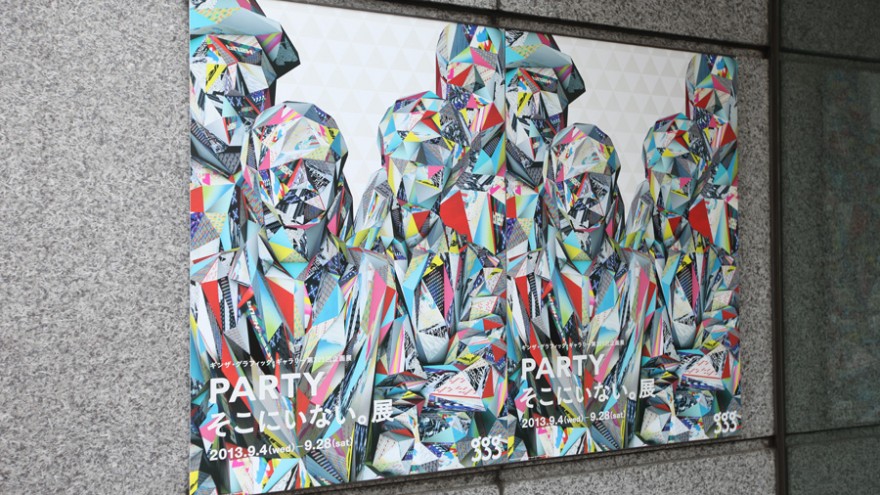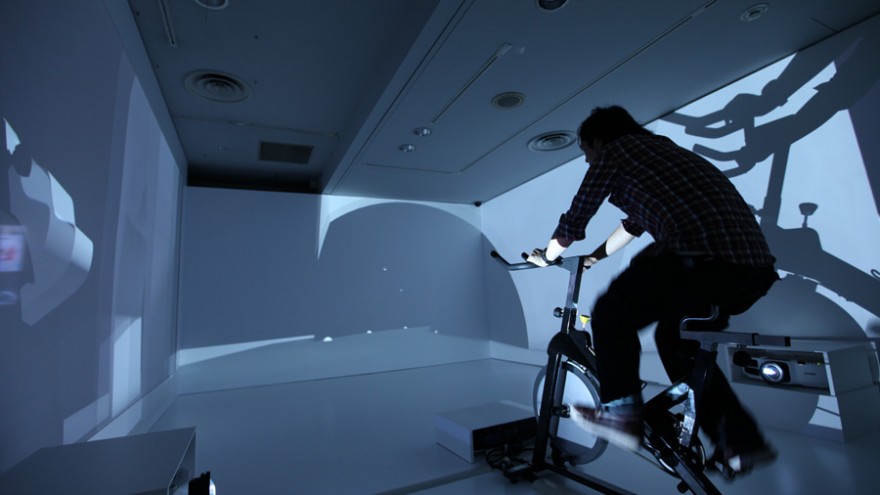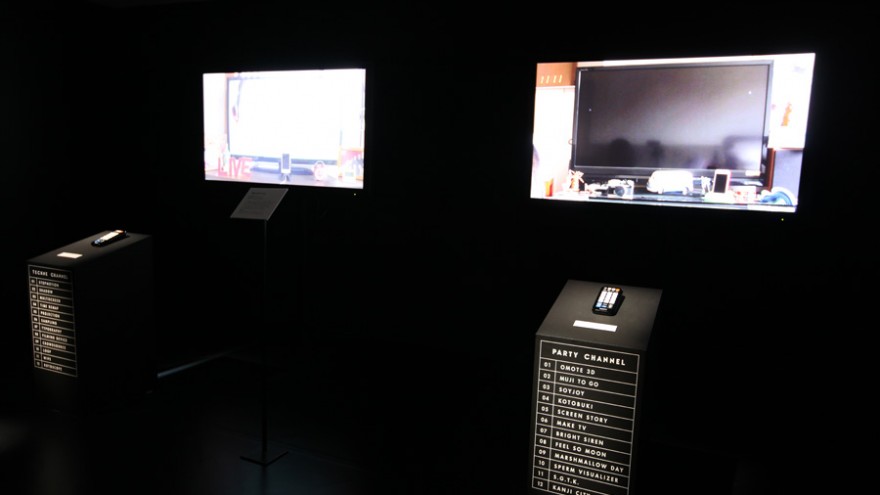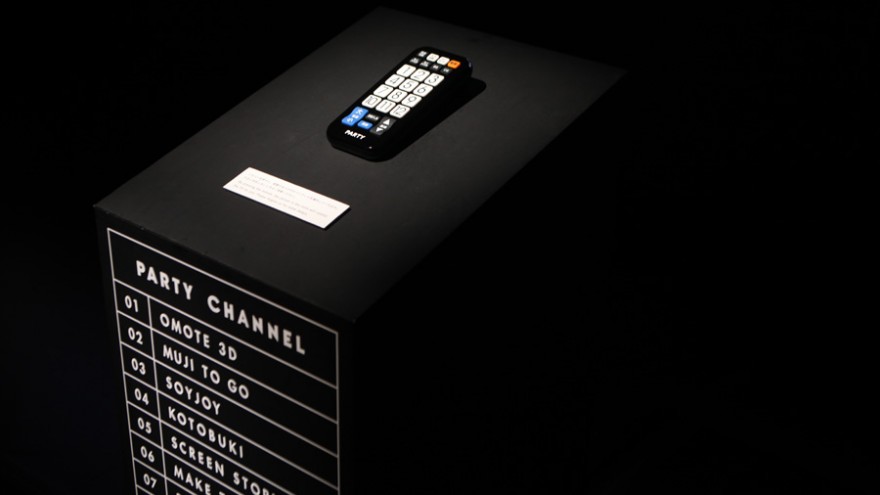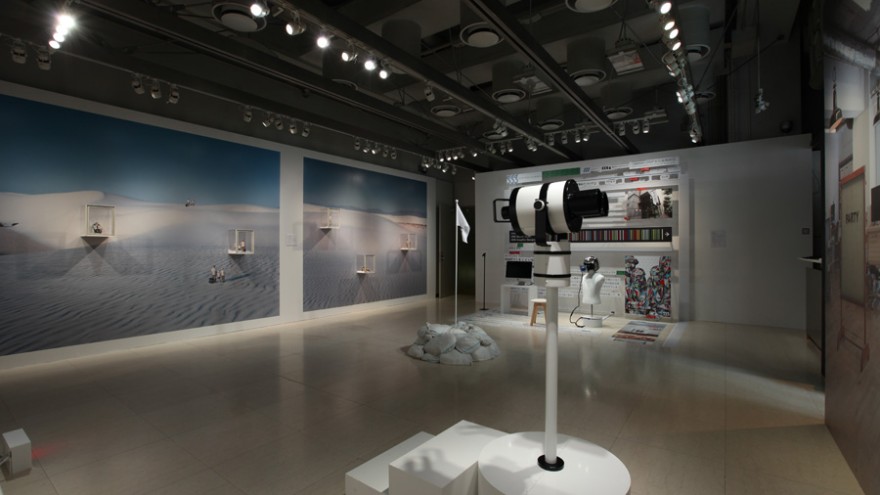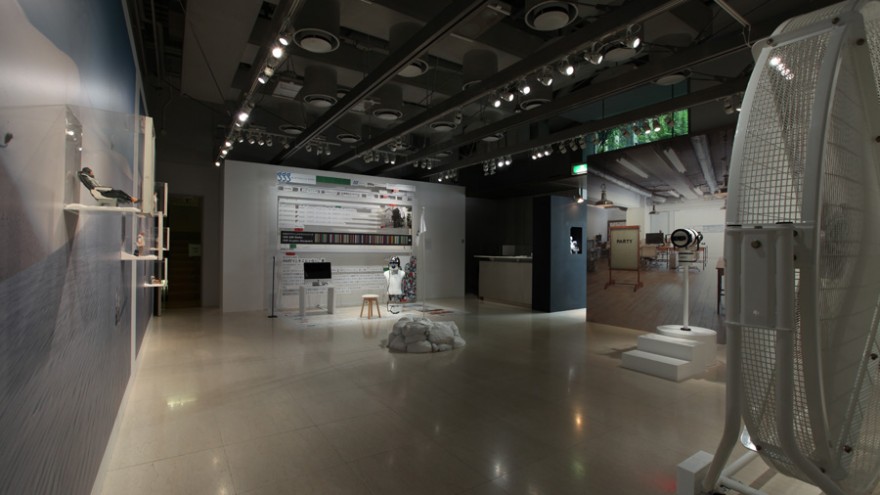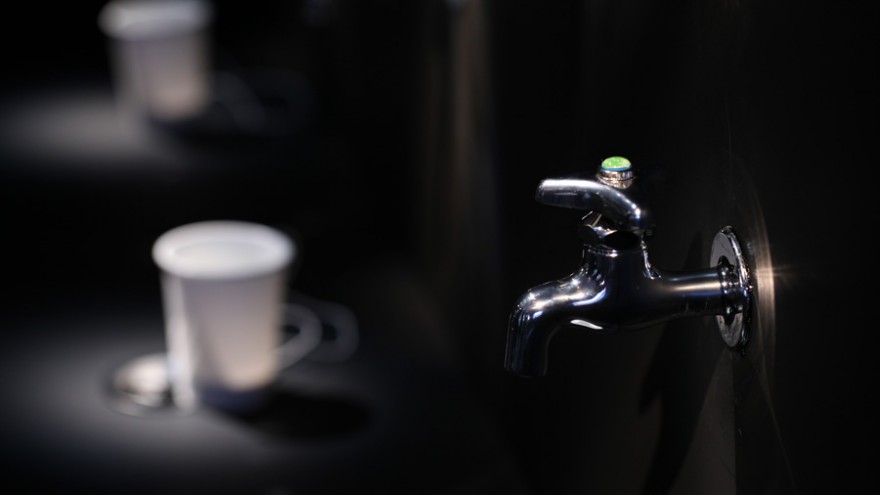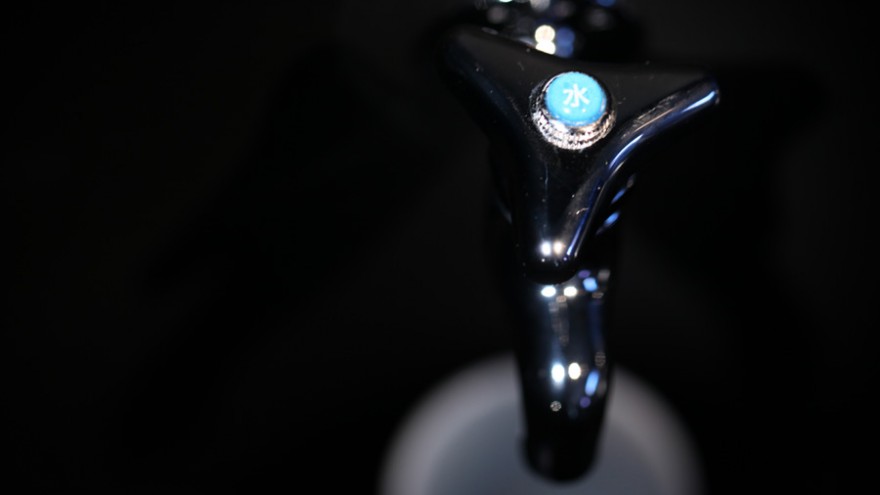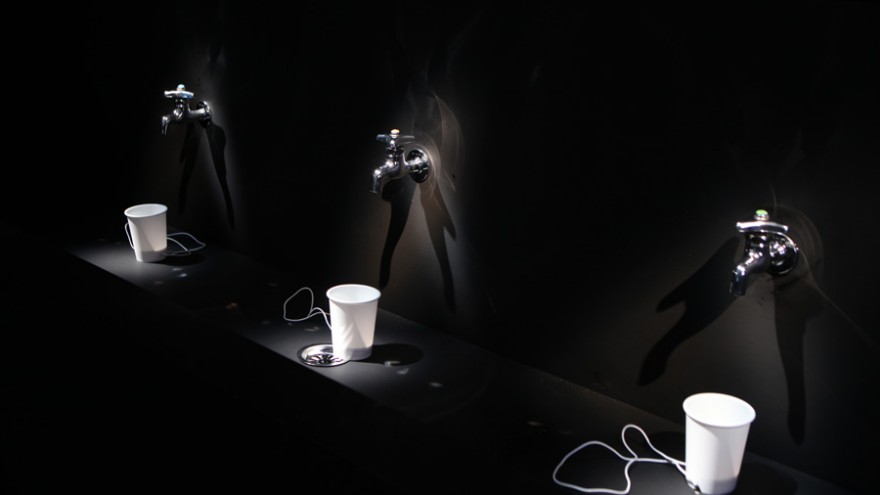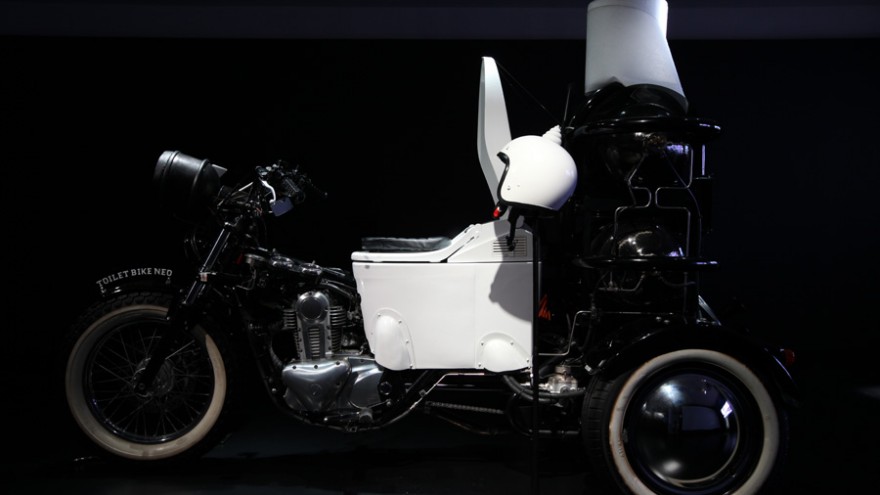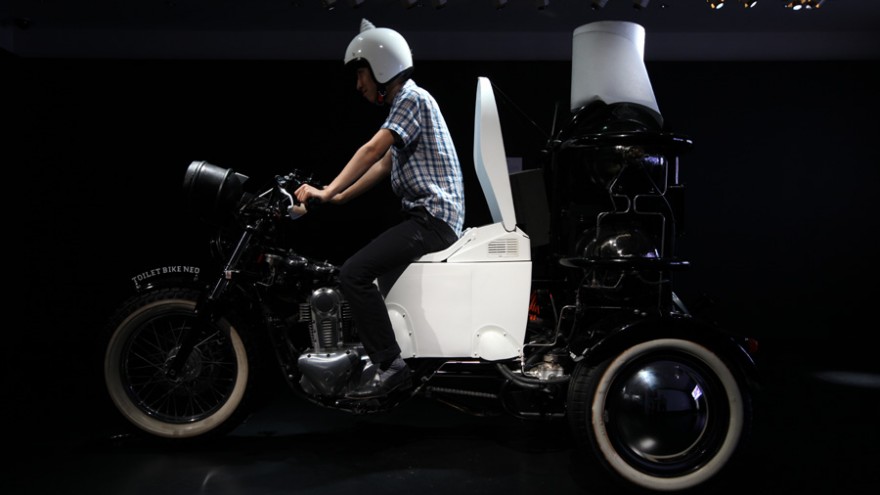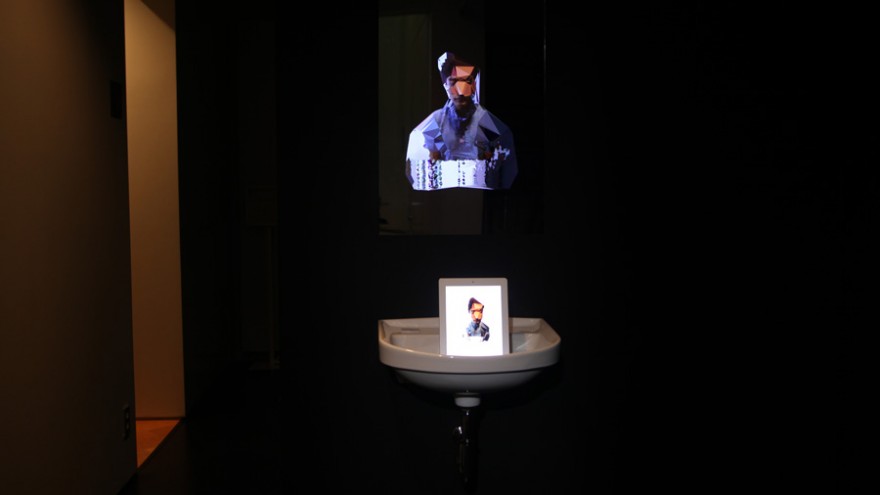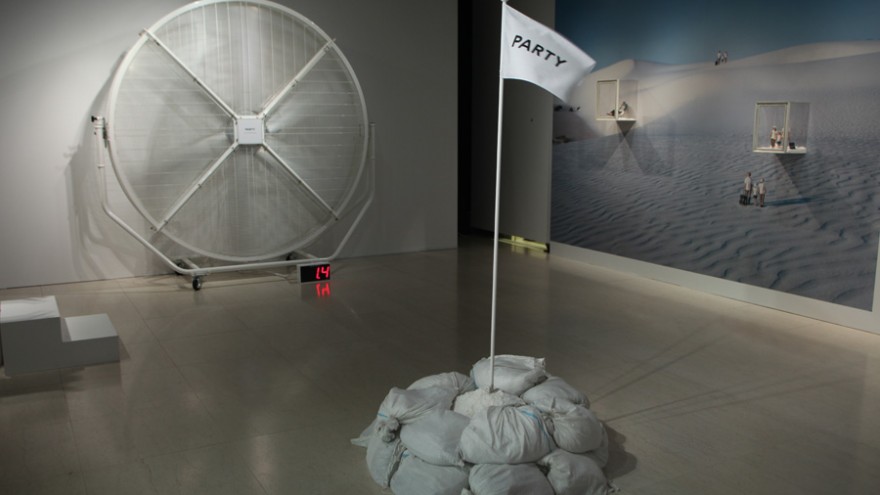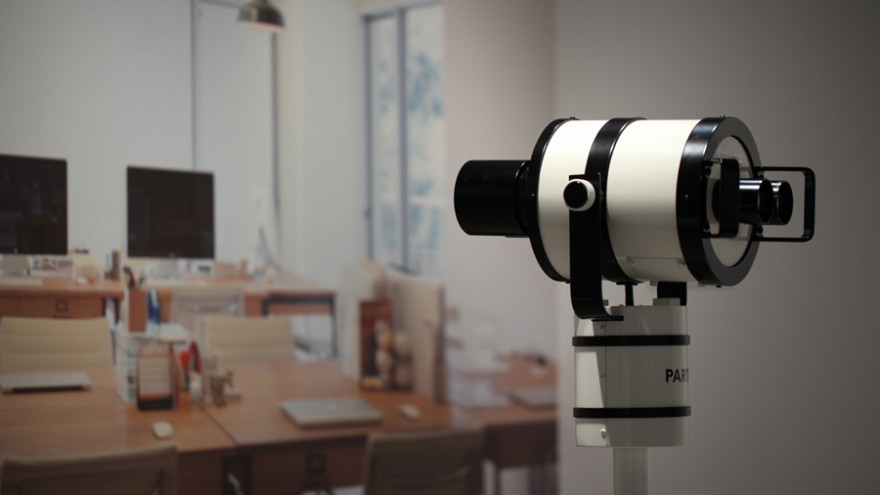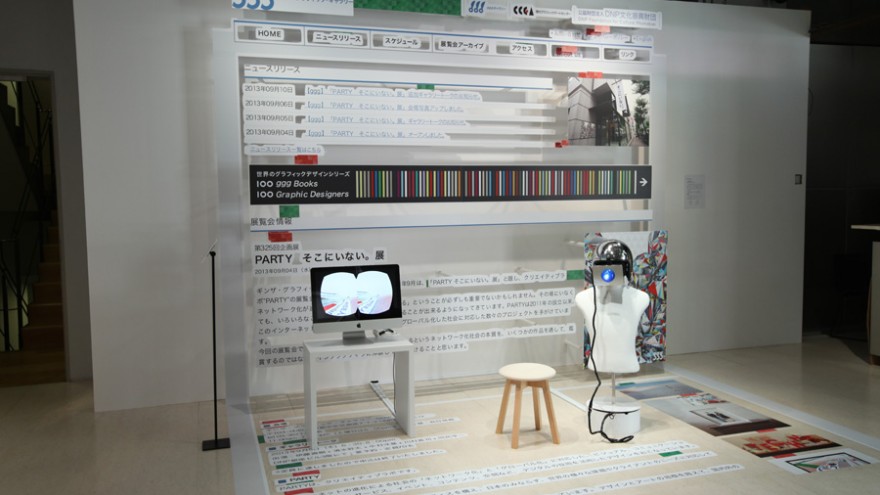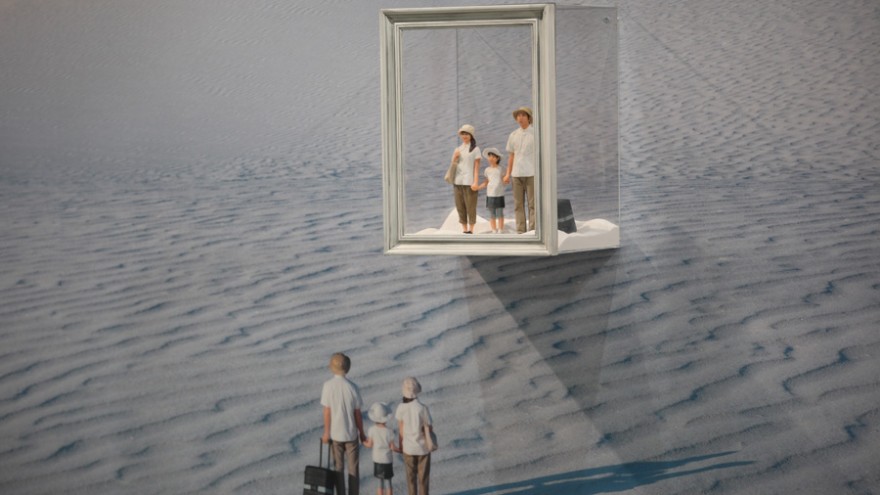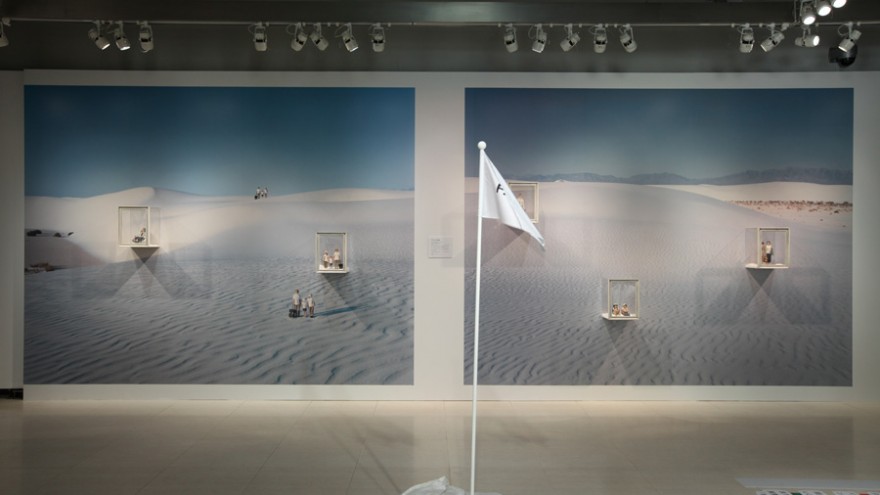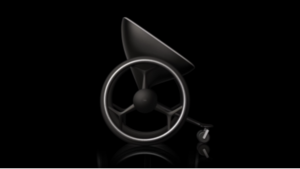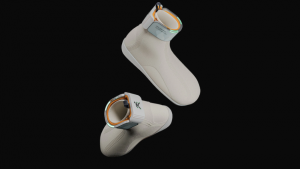One of the main features of our increasingly networked society is that “being there” becomes less important because technology is able to simulate the experience of presence, to a certain degree.
This idea of being present, or not being present, is something that Masashi Kawamura and his creative lab, PARTY, explore in their exhibition Not There.
Not There, which is on at the Ginza Graphic Gallery in Tokyo until 28 September 2013, offers visitors an interactive experience liberated from time and space.
This liberation from time and space is, arguably, the essence of the networked world. As such, the exhibition presents a variety of experiences that demonstrate how people that are not “somewhere” can still feel like they are “there”. Though Kawamura and PARTY do recognise that there may still be “atmospheres and textures that cannot be felt if you’re ‘not there’”. The flip side to this is that “if we can make people who are ‘not there’ feel as though they are ‘there’, digital technologies can become more tangible”.
PARTY is interested in this tangibility and how it can be incorporated into their work.
Various features of the Not There exhibition all consider this notion of "being there" versus "not being there" through a variety of projects:
The Ball
Inside the game screen.
You are not there.
Online game "Chrome World Wide Maze" turns any website into a 3D maze. The installation takes this experience out of the screen. You can become the ball, and play on the website of gallery ggg. Put on the helmet with a headmount display, and you can move your head to control the ball to reach the goal.
Observation Deck
The PARTY office in Daikanyama.
You are not there.
The customised binocular stands in front of a huge photo of the PARTY office. Through it, you may take a peek at the PARTY people at work in real-time.
Wind from America
White Sands. The white desert in the USA.
You are not there.On display are 3D figurines created for MUJI's global campaign, along with the photo taken at the White Sands. The actual wind blowing at White Sands is recreated with a wind blower based on its real-time wind speed data.
The Sink
Near the entrance, where the four curious figures are on display.
You are not there.
When you were reading the welcome message at the entrance of the gallery, a 3D scanner has secretly taken your data.Once you arrive at the Sink on the basement floor, you can find your own 3D portrait in the tablet.
Toilet Bike
The noise of engines zooming through a road in the wilderness.
You are not there.
TOTO "Toilet Bike" is fuelled by bodily waste. As you twist the handle, the seat vibrates. The headlight then projects footage on the wall.
Three Sacred Faucets
Water, gravel and marbles are not there.
Faucets commonly seen at Japanese elementary schools. When you turn them, nothing comes out, but you can feel the objects flowing into the cups.
Someone Else’s TV
The living room of someone's home.
You are not there.
Real-time view of two TVs in someone's living room. You may press a button on the remote controls to control its residents, and have them change the TV channel for you.
The Bicycle
In the 3D space filled with PARTY works.
You are not there.
As you pedal on the bike, you experience moving through a 3D space. Items and characters related to PARTY's past works appear on the surrounding walls.
The Bathtub
The blonde beauty is not there.
After Toilet Bike departed the exhibition to tour around Japan, in place of it, is this installation where you may see a surprise as you look at the bathtub through the mirror.
This is made possible by using a polarising lens.

